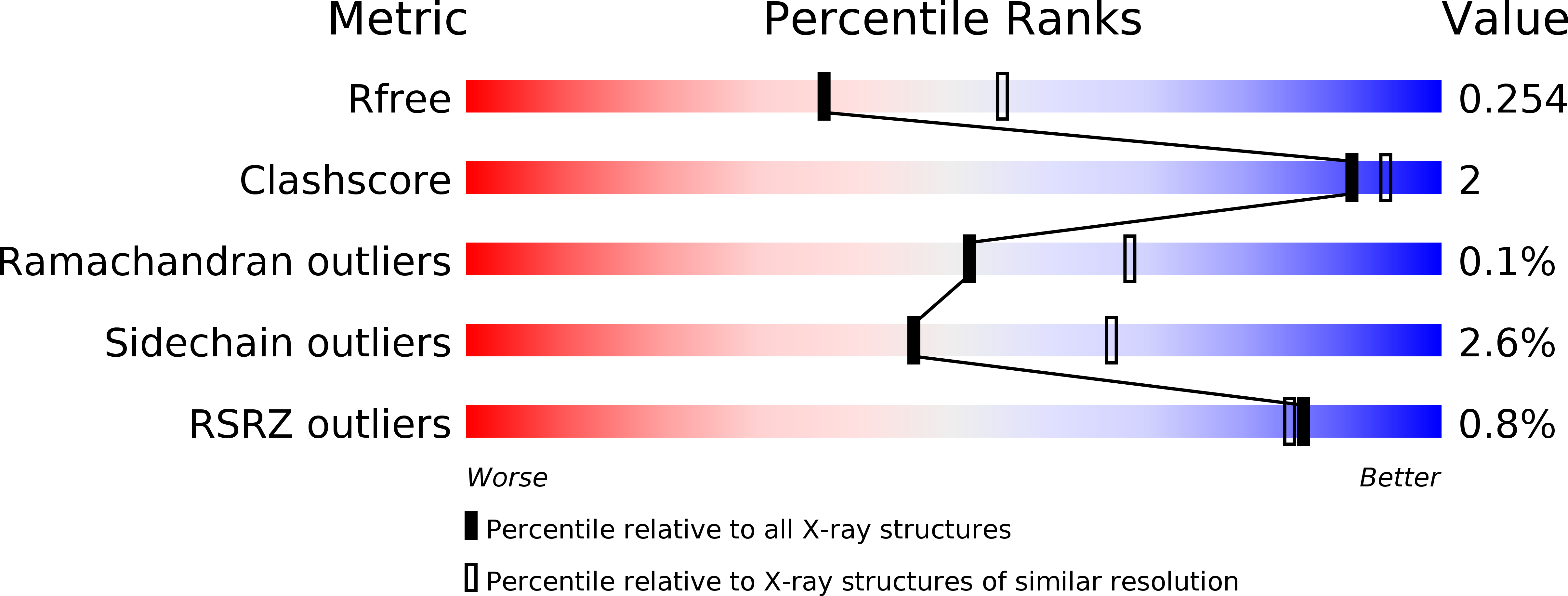
Deposition Date
2016-07-27
Release Date
2016-11-09
Last Version Date
2024-10-09
Method Details:
Experimental Method:
Resolution:
2.40 Å
R-Value Free:
0.25
R-Value Work:
0.19
R-Value Observed:
0.19
Space Group:
P 41 2 2


